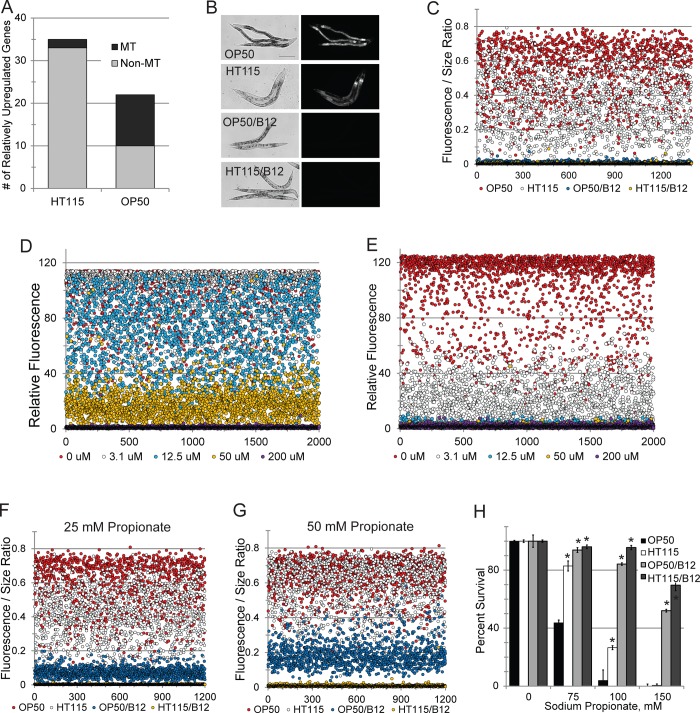Fig 2. A diet of E. coli OP50 leads to vitamin B12 deficiency in C. elegans.
(A) Number of genes upregulated in worms fed either E. coli HT115 or E. coli OP50 when normalized to the other food. Genes annotated as having a mitochondrial localization or function are shown in black, while non-mitochondrial genes are shown in grey. (B) Visualization of acdh-1p::GFP reporter fluorescence in worms fed E. coli OP50 or E. coli HT115, with or without methylcobalamin supplementation (200 ng/ml), as indicated (see S7A Fig for quantification). (C) acdh-1p::GFP expression in worms reared on E. coli OP50 or E. coli HT115 with or without methylcobalamin supplementation was measured using flow vermimetry. Fluorescence for each worm was normalized to its size (see S7B Fig for quantification). (D,E) acdh-1p::GFP fluorescence of worms reared on E. coli OP50 or E. coli HT115 supplemented with varying concentrations of methlycobalamin. (F, G) acdh-1p::GFP fluorescence of worms reared as in (C) with exogenous propionate. (H) Propionate toxicity in worms fed as in (C). *—p<0.01, p-value was calculated based on Student’s t-test. For (C-E) at least 1500 worms were used for each replicate. For (H) approximately 70 worms were used per plate per condition per biological replicate. At least three biological replicates were performed for each experiment.

